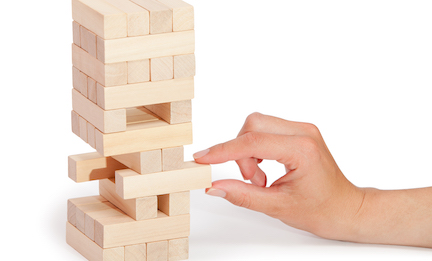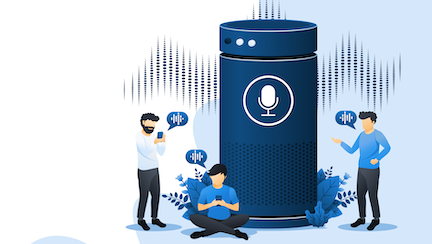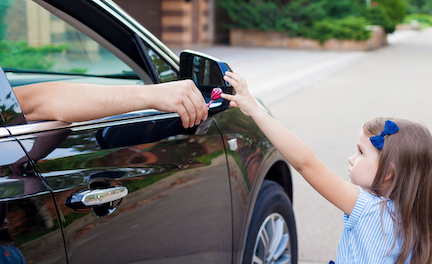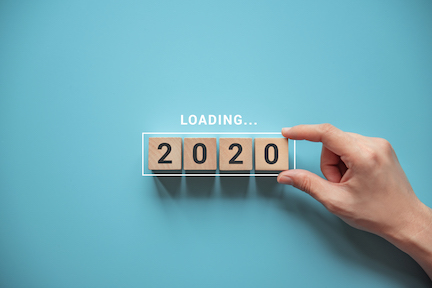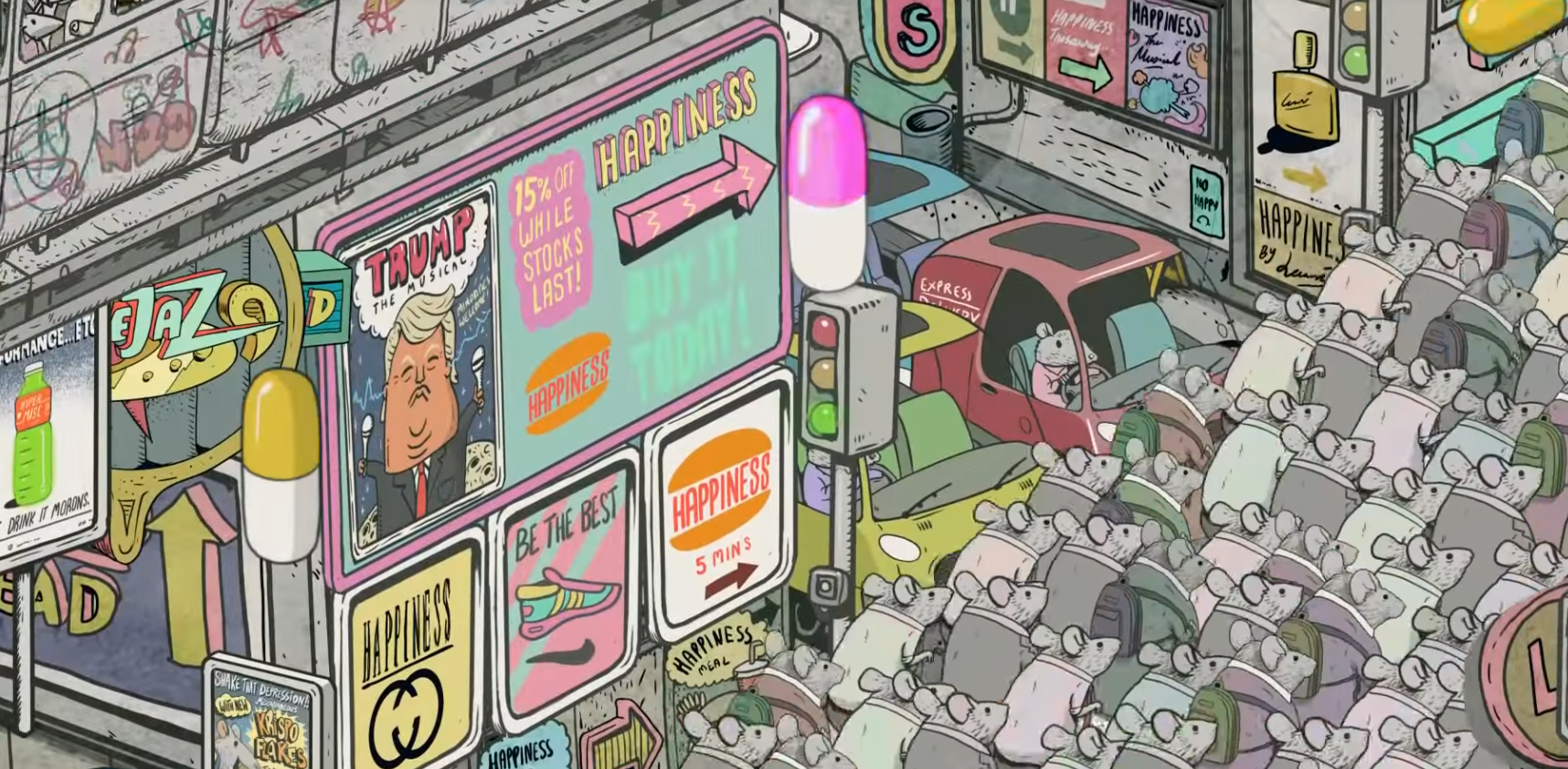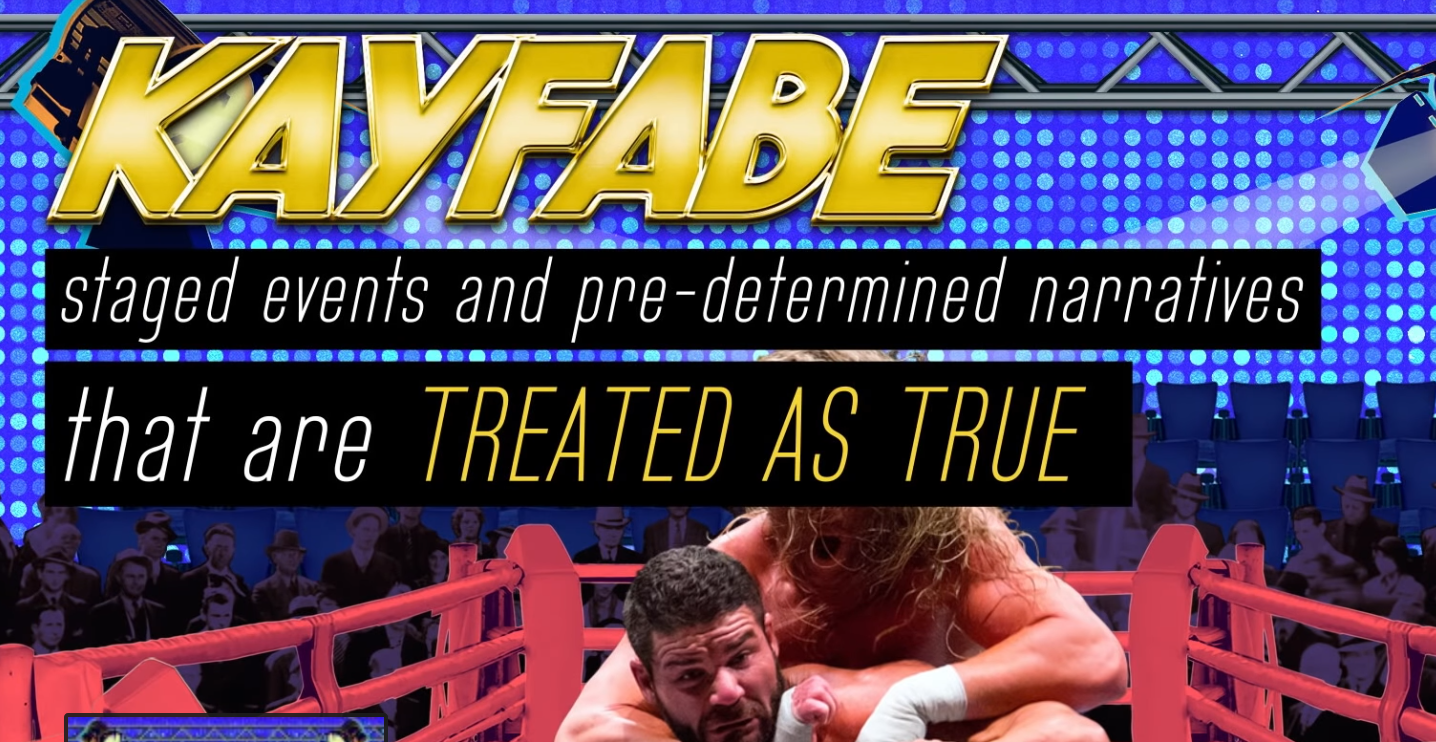
Transformation through visualization.
I’m a big believer in visualization. When I was young, my dad made me do it as part of my martial arts training. Slowly, I began to notice a correlation between imagining myself executing fighting techniques and then applying them in real (tournament) fights. A feeling that feels like a combination of experience and deja vu. Over time, science is seeming to back up my belief.
Visualization is neural brain practice and response training.
Your brain is a bunch of systematic neural connections firing off in combinations. Those combinations become related to each as those patterns are strengthened through repetition. As they do, they bring certain ideas and action closer together in the brain.
There was a certain smell when you met someone you cared about. Now that smell reminds you of them. Even when they aren’t there.
Or you imagine, over and over, practicing a baseball pitch. You remind yourself to be calm and follow through with your arm when you throw a baseball pitch. And in a real situation, it feels like you’ve done it before.
The relationship between that combination of connections is strengthened by repetition. That is, doing or thinking an activity over and over again stimulates certain parts of the brain needed to perform those actions and that stimulated group build a strong relationship with each other.
So if you throw a ball over and over again, your body, particularly your brain and the specific neural parts stimulated, learn and better coordinate with each other on how to tell your body to throw the ball the way you want it.
Visualization. Practice without the body.
Now, what if you never told your brain that you didn’t throw the ball? Instead, you just think like you really did. Your brain will keep building connections between the parts of your brain and body needed for throwing.
The same concept, but shown in reverse. When people lose a limb, their brain often still imagines and tries to operate as if the limb still exists. Recently amputated individuals may, at first, try to move around by sending signals to a limb that is no longer there. An event called “phantom limbs.”
That’s the power of visualization.
It’s ideation and reality overlapping. Through it, you are training the brain to make the neural connections needed to get the performance you want from your body and mind. Often without inviting the body to the practice sessions.
I do visualization during my morning meditation. Unlike my martial arts day, I focus my visualization on my three most immediate goals, say like better public speaking or not picking up my phone. I know when I visualize looking people in the eyes and remembering to speak slowly I’m training my body to do the same.
Does visualization work over real practice?
I’ll let Morpheus from the Matrix field this one…
“What is real? How do you define ‘real’? If you’re talking about what you can feel, what you can smell, what you can taste and see, then ‘real’ is simply electrical signals interpreted by your brain.”
In visualization, by imagining the desired event in your brain you’re just creating the electrical signals. Simulating the neural paths and connections you’d create if you were actually doing it.
There are numerous studies on the brain that show that the thoughts we have created for mental practice is very close to taking physical actions.
Building mental imagery impacts aspects of the brain like motor skills, attention, perception and memory. So through visualization, you are training your brain to manage the actual performance.
The mind follows the body. And the body follows the mind. Get the mind to lead right through visualization.



